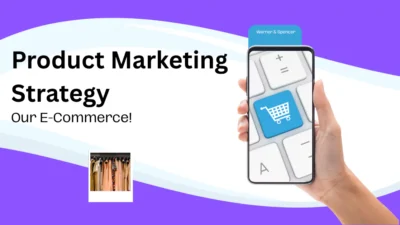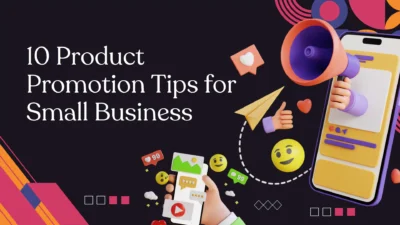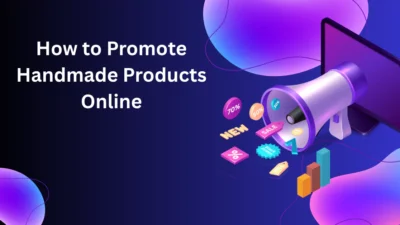In today’s hyper-competitive marketplace, authentic voices resonate stronger than polished ad copy. When customers share their experiences with your product, potential buyers trust these peer recommendations more than brand messages. This is the power of user-generated content (UGC). By tapping into UGC, you can expand your reach, humanize your brand, and boost conversions—all while keeping marketing costs in check.
Why User-Generated Content Matters for Product Promotion
User-generated content encompasses reviews, testimonials, photos, videos, unboxing moments, social media posts, and any other content created by real customers. Here’s why UGC is a game-changer for product promotion:
- Authenticity and Trust: 92% of consumers value peer recommendations over brand-generated advertising. UGC feels less scripted and more genuine, building trust quickly.
- Cost-Effectiveness: Rather than investing heavily in ad creatives, you can curate and repurpose customer content to fuel campaigns and social channels.
- Social Proof: When prospects see others enjoying your product, they’re more likely to purchase. Social proof reduces friction in the buyer’s journey.
- Community Building: Encouraging customers to share fosters a sense of belonging. Active communities increase brand loyalty and lifetime value.
- SEO Benefits: Fresh, keyword-rich content generated by users can improve search rankings and organic visibility over time.
Crafting a Winning UGC Strategy for Product Promotion
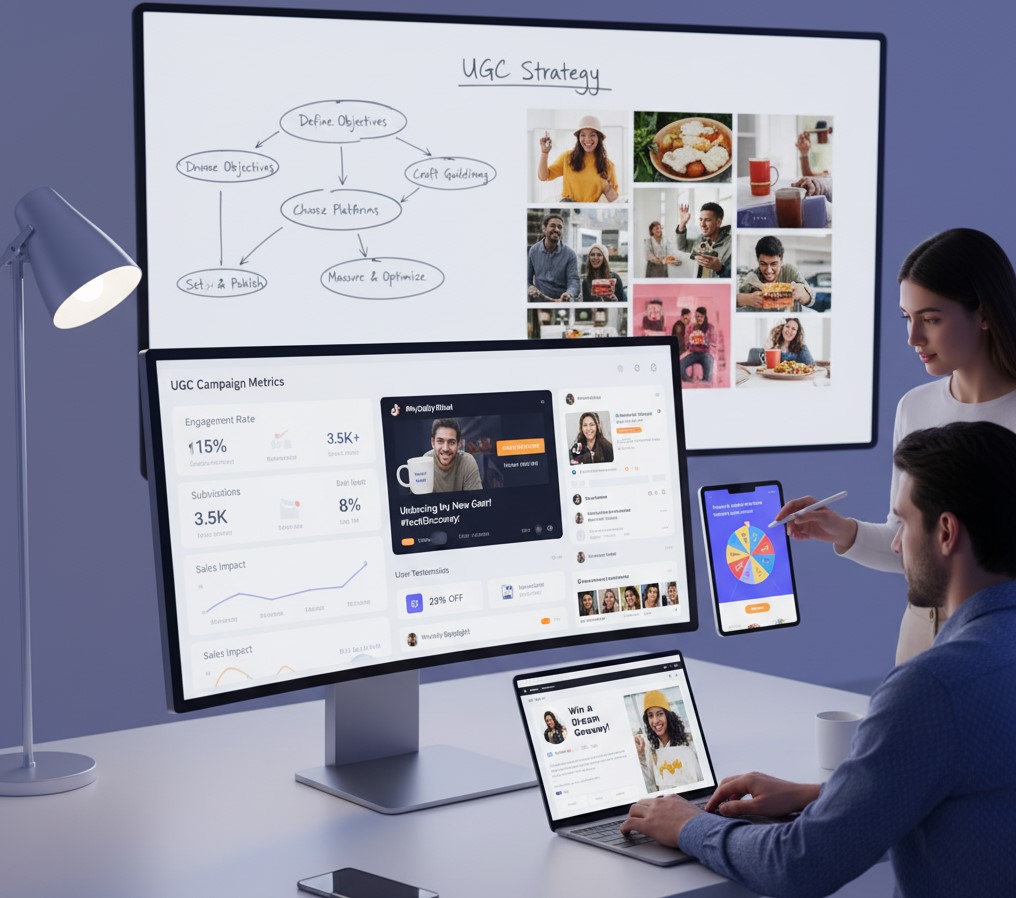
A successful UGC strategy doesn’t happen by accident. It requires planning, clear goals, and consistent execution. Follow these steps to create a robust UGC framework:
1. Define Clear Objectives
Start by identifying what you want to achieve: increased brand awareness, higher conversion rates, more social engagement, or improved customer retention. Align your UGC efforts with these objectives and set measurable KPIs, such as the number of UGC submissions, engagement rate, or uplift in sales attributable to UGC campaigns.
2. Choose the Right Platforms
Not every social channel is equal when it comes to UGC. Instagram and TikTok are ideal for visual storytelling, while Facebook groups and Reddit communities can drive deep discussions and testimonials. Analyze your audience’s habits and focus on platforms where they’re most active and engaged with your product category.
3. Encourage Participation with Incentives
Incentives can dramatically increase UGC submissions. Consider offering discounts, early access to new products, or entry into a prize draw. Alternatively, highlight top contributors by featuring them on your website or social channels. The key is to create a win-win situation: customers feel rewarded for sharing, and you gain valuable promotional content.
4. Provide Clear Guidelines
Vague calls to action yield inconsistent results. Craft simple, specific instructions: request a 15-second video unboxing, ask for before-and-after photos, or suggest using a branded hashtag. Clear guidelines improve content quality and streamline moderation.
Best Practices for Curating and Showcasing UGC
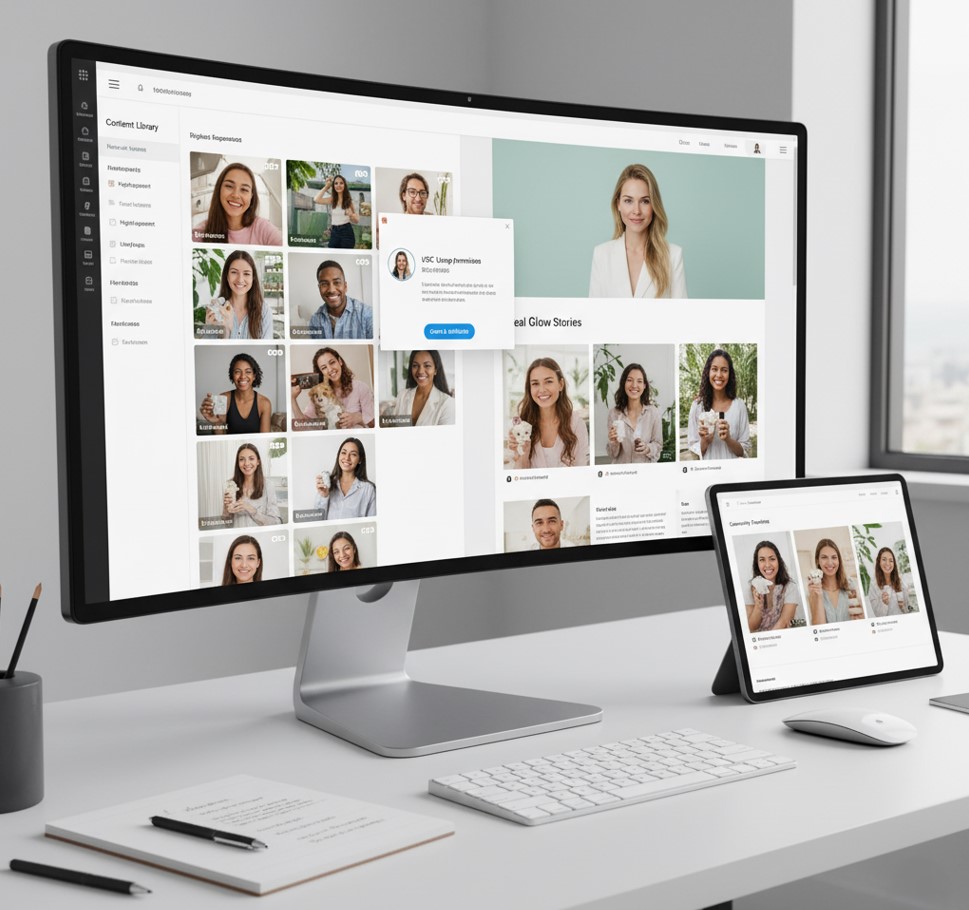
Collecting UGC is only half the battle. To maximize its impact, you need to curate and present it effectively across your marketing channels.
1. Centralize Your UGC Library
Use social media listening tools or UGC platforms to aggregate posts tagged with your hashtag or brand handle. A central library makes it easy to search, sort by content type, and filter by engagement metrics.
2. Obtain Proper Permissions
Always request explicit permission before republishing customer content. A simple direct message or email asking for usage rights, along with clear attribution guidelines, ensures you stay compliant and maintain trust with contributors.
3. Mix UGC with Branded Content
Balance UGC with your own professionally designed assets. For example, embed customer reviews alongside product feature highlights or intersperse user photos in your email newsletters. This blended approach keeps your feed dynamic and credible.
4. Highlight Diverse Use Cases
Showcase a variety of customer experiences—different demographics, use environments, and creative applications of your product. This signals that your offering is versatile and appeals to a wide audience.
Measuring the Impact of Your UGC-Driven Product Promotion
Data-driven insights help you refine your strategy and demonstrate ROI. Track these key metrics:
- Engagement Rate: Likes, comments, shares, and views on UGC posts versus average brand post performance.
- Conversion Rate: Percentage of visitors who convert to buyers after interacting with UGC-focused landing pages or social campaigns.
- UGC Submission Volume: Number of customer posts, videos, or reviews tagged with your campaign hashtag over time.
- Referral Traffic: The Amount of traffic driven from UGC on social platforms, forums, or influencer pages to your website.
- Customer Lifetime Value (CLV): Compare the CLV of customers who engage in UGC campaigns versus those who don’t.
In addition to performance metrics, consider the long-term benefits of SEO in product marketing content. User-generated reviews and testimonials often contain organic keywords that enhance search engine visibility. Encouraging customers to include product names, benefits, and use cases in their posts can significantly improve your content’s discoverability over time—giving your brand a valuable SEO boost without added cost.
Common Pitfalls and How to Avoid Them
UGC programs can backfire if poorly executed. Be aware of these common missteps:
- Inconsistent Branding: If UGC is too diverse in style, it can dilute your brand identity. Use overlays, templates, or brand-approved frames to maintain cohesion.
- Ignoring Negative Feedback: Not all UGC will be glowing. Address negative reviews or critiques openly, showing potential customers that you care about continuous improvement.
- Over-Promotion: Flooding your channels with only promotional UGC can feel spammy. Mix in educational, entertaining, and customer-centric content to keep the audience engaged.
- Lack of Follow-Up: After collecting UGC, don’t leave contributors hanging. Thank them, share updates on campaign milestones, and highlight top contributions to sustain momentum.
Case Study: How One Brand Boosted Sales by 35% with UGC
Beauty brand GlowRise launched a #GlowWithGlowRise challenge, inviting customers to post makeup tutorials using their best-selling highlighter. They offered weekly gift-card giveaways and featured the top five videos on their homepage. Over six weeks, submissions grew by 400%, Instagram engagement doubled, and direct sales from the campaign hashtag outperformed paid ads by 25%. The result? A 35% uplift in total revenue and a growing archive of authentic video testimonials to fuel future promotions.
Conclusion: Turning Customers into Brand Ambassadors
User-generated content is more than a marketing tactic—it’s a relationship builder. By empowering customers to share their honest experiences, you cultivate a community of brand advocates who amplify your promotional efforts. Follow the strategies and best practices above to harness the full potential of UGC, measure its impact, and avoid common pitfalls. When you align your product promotion with authentic customer voices, every post, photo, and review becomes a powerful endorsement that drives trust, engagement, and sales.
Ready to supercharge your product promotion with user-generated content? Start by defining your UGC goals today, and watch as your customers become your most persuasive marketers.
Learn more about: How to Launch a Product Online: Strategy, Steps, and Tools



